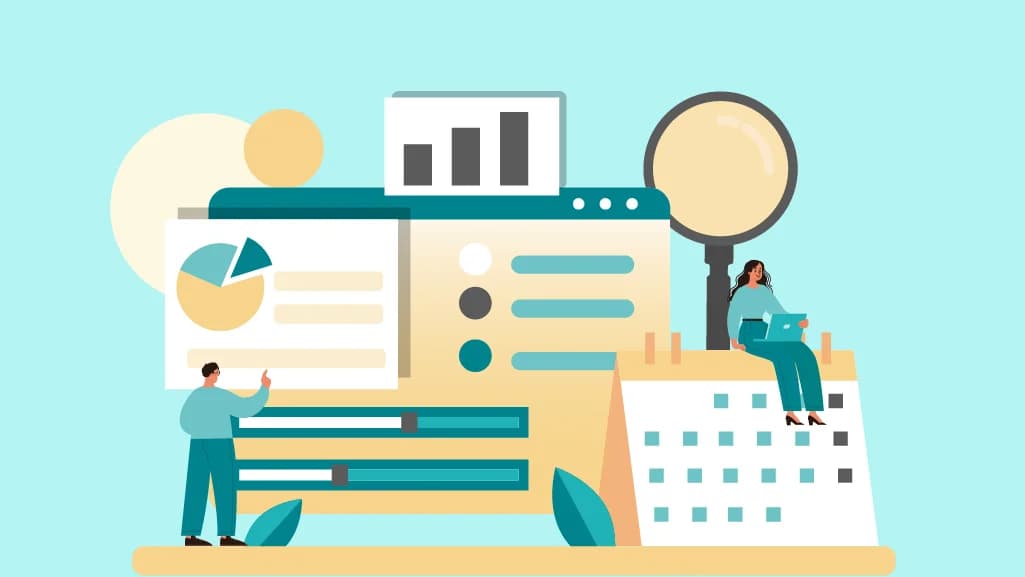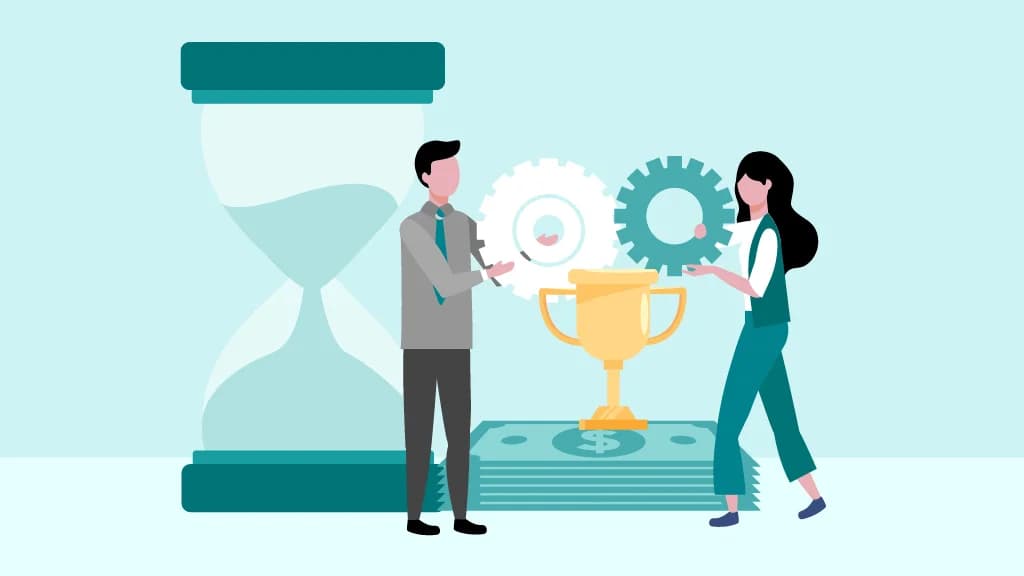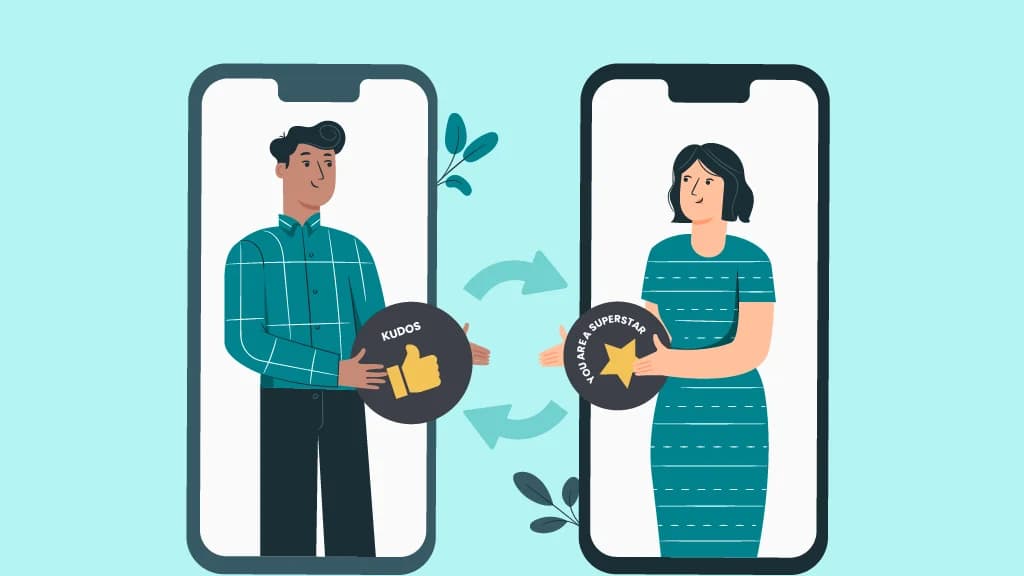10 Strategic Benefits of Moving Your Rewards Program to an AI-First Platform

Team AdvantageClub.ai
July 16, 2025

Employee engagement is no longer a soft metric—it’s a strategic differentiator. Businesses, especially those managing hybrid workforces, rising attrition, and demanding DEI expectations, are increasingly turning to intelligent platforms to elevate their rewards and recognition (R&R) programs. Rewards program on AI analyzes behavior patterns, automates recognition at just the right moments, and delivers rewards that truly matter to your employees. This is a clear upgrade from traditional systems that still rely on spreadsheets, outdated catalogs, or one-size-fits-all approaches. While functional, they often fall short when it comes to personalization, efficiency, and long-term impact.
Here are 10 powerful ways AI rewards programs can transform your engagement strategy, helping you boost morale, improve retention, and align recognition with your business goals.
Benefits of AI-first Rewards
Especially in today’s fast-paced, hybrid workplaces, AI rewards programs are indispensable. They enable HR teams and managers to celebrate their people in smarter, more meaningful ways.
Here’s how AI-first engagement platforms are transforming traditional R&R efforts into business-driving, culture-boosting powerhouses.
1. Personalization That Resonates with Every Employee
Rewards programs on AI help you tailor recognition to individual needs, preferences, and cultural contexts.
- Custom-fit rewards: Platforms analyze employee behavior and preferences to recommend the right kind of reward, be it a digital gift card, experience, or social shoutout.
- Localized appreciation: Employees in different cities or countries can receive rewards relevant to their region or culture, making it more meaningful.
- Intelligent timing: AI suggests optimal moments for recognition based on work anniversaries, achievements, or engagement patterns.
2. Proactive Retention Through Intelligent Nudges
AI rewards programs act like a safety net, flagging who might need more recognition before it’s too late.
- Disengagement alerts: AI spots patterns like low participation or long recognition gaps, helping you intervene early.
- Manager nudges: Gentle reminders help managers recognize their team regularly without needing to track every milestone manually.
- Automated celebrations: Birthdays, work anniversaries, or project completions can trigger instant recognition without HR lifting a finger.
3. Recognition That Keeps Pace with Remote and Hybrid Work
- Integrated touchpoints: Employees can send and receive recognition through digital communication channels from wherever they work.
- Consistent visibility: Digital recognition walls ensure that remote workers are just as visible and celebrated as on-site staff.
- Inclusive delivery: Rewards are digitally distributed, making them instantly accessible for all locations and work types.
4. Data-Backed Insights to Maximize ROI
- Real-time dashboards: Track who’s getting recognized, how often, and how your budget is being used—all in one place.
- Budget optimization: AI shows where to invest more (or less) based on impact, department engagement, or reward usage.
- Outcome tracking: Measure the influence of recognition on metrics like retention, productivity, and employee satisfaction.
5. Equity and Inclusion Built into the System
- Bias detection: AI flags imbalances in who’s being recognized—helping HR close gaps across gender, geography, or role.
- Balanced participation: Automated systems like Advantage Recognition ensure equal opportunities for appreciation, regardless of job title or team size.
- Inclusive campaigns: Run appreciation initiatives that celebrate diverse identities, values, and observances—at scale.
6. Automation That Lightens HR’s Administrative Burden
- Self-service rewards: Employees can choose and redeem their own rewards through a platform, reducing back-and-forth.
- Trigger-based automation: Rewards are auto-issued for key milestones—no manual tracking required.
- Compliance support: Tax reporting, receipts, and legal compliance are handled within the system, saving hours of admin work.
7. Empowered Managers Who Don’t Drop the Ball
- Smart nudges: Timely prompts remind managers when recognition might be due, like after a big win or stressful sprint.
- Recognition templates: Built-in suggestions make it easier to write sincere, meaningful messages in a time crunch.
- Recognition analytics: Managers can see how often and how well their team members are being celebrated—and act on the gaps.
8. Rewards That Reflect Cultural and Regional Nuance
- Localized reward catalogs: Offer rewards that matter to employees based on geography and cultural preferences.
- Cultural observances: Celebrate local holidays and heritage months with targeted campaigns and recognition moments.
9. Seamless Integration Across Your HR Ecosystem
- Plug-and-play APIs: Integrate easily with your HRIS, performance management, and communication tools.
- Unified experience: Recognition ties into goal tracking, feedback loops, and employee lifecycle data, creating a holistic view.
- Minimal learning curve: Employees can start using the system right away—no steep learning curve or change resistance.
10. Improved Transparency and Trust Among Employees
When recognition is visible and fair, it creates a culture of appreciation people can believe in.
- Recognition walls: Celebrate wins in public—digitally—so the whole team can cheer each other on.
- Reward history tracking: Employees can see their own recognition journey, making it feel more substantial and appreciated.
- Clear visibility: HR and leadership can view recognition data to ensure fairness, coverage, and consistency across the board.
Why This Matters Now
Today’s workplace looks nothing like it did a few years ago. Employees expect more than a paycheck and a plaque; they want to feel seen, valued, and connected to the organizational culture. At the same time, HR leaders are being asked to do more with less—fewer resources, tighter budgets, and increasing pressure to retain top talent.
AI rewards programs change the game by filling those critical gaps. They don’t just automate tasks—they understand your people. Tools like AdvantageClub.ai bring recognition into the flow of work with smart nudges, seamless integrations, and personalized rewards that land with real impact. Instead of a one-size-fits-all approach, they help you celebrate each employee in a way that feels thoughtful and timely.
Final Thoughts
Switching to rewards programs on AI isn’t just a tech upgrade. The program is backed by data, infused with cultural relevance, and personalized for every employee; it becomes more than just a morale booster—it becomes a strategic advantage.





